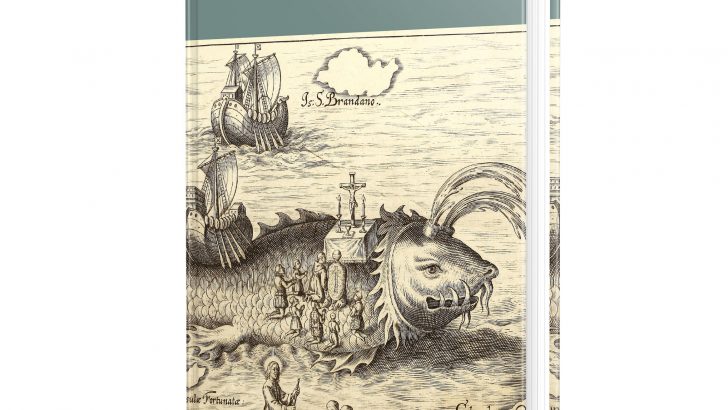Early Irish Saints
by John J. Ó Ríordáin (Columba Books, €12.99)
When people talk in general about the saints of early Christian Ireland, that is those three or four centuries after St Patrick, they often emphasise their travels across Europe, adding in as an extra measure some comments on the relevance of this to the later missionary work of so many Irish priests in different parts of the world.
Undoubtedly such travels are very important for the history of European civilisation, and for the development of the modern world.
But, in contrast, I have often thought that there was another side to these saints. As well those who suffered the ‘white martyrdom of exile’, there were those who stayed at home in Ireland.
Local traditions
As often as not it is these saints who are important in local traditions all over the country. We often find ruined churches, small shrines, wells, and modern places of pardon and pilgrimage connected with them. Where indeed would many Irish parishes be if they were not well grounded in the ancient traditions associated with a local founding saint?
I was delighted to find that Fr Ó Ríordáin is of much the same mind in this little book, the reissue of which at such a reasonable price is to warmly welcome.
A Redemptorist priest by calling, John J. Ó Ríordáin is a man deeply engaged with local life and its traditions, as his many other books reveal. His own native place, he says, is “Kiskeam at the eastern edge of Sliabh Luachra on the Cork side of the county bounds with Kerry”, and what could be more local than that.
We often forget that our modern parishes are a creation of the Middle Ages. Like our counties, they are a formal structure of rule imposed after the Norman and English came. For the Irish before then there were no parishes, there were only the scattered places connected with the saints.
These essays will make far more agreeable reading than, say, the more austere treatments by Pádraig Ó Riain and other scholars…we must have both kinds, of course”
Take for instance the lovely cover of this book, which is graced with a very fine reproduction of an engraving of an incident in the Navigatio Sancti Brendani.
This was a legend widely known all across Europe, a legend that influenced even the thinking of Columbus. But go down to Kerry, where the saint was born at Annagh near Tralee, or out to Ballydavid Head, where it slopes down to the sea from Mount Brandon, and one realises in full the close association of saint and place, despite those travels.
(Whoever wrote the tale of his voyages, if not the saint himself, was familiar with Arctic volcanoes and icebergs as well as the lush tropic feel of the southern reaches of Florida.)
St Brendan, so well known and still so much discussed, is one of the fourteen saints he writes about in these essays. He begins with St Patrick, Brigit and Columcille, and concludes with St Columbanus and St Gall. But in between he deals with saints all of whom have close links with individual places, like St Kevin with Glendalough.
His essays are brief epitomes of their lives and their legend. Certainly for an ordinary reader wishing to have some grasp of who these people were and what they achieved, his essays will make far more agreeable reading than, say, the more austere treatments by Pádraig Ó Riain and other scholars.
We must have both kinds, of course; but this little book will open up for many, especially younger readers, a cloudy part of the history of the Church in Ireland.
Here are miracles and wonders certainly, but also courage and learning, piety and charity, all in good measure.
These are the people that literally created out of nothing so many settlements across Ireland that survive to this day that they can rightly be seen as the original nation builders.
To purchase the book, visit our shop.


 Peter Costello
Peter Costello
